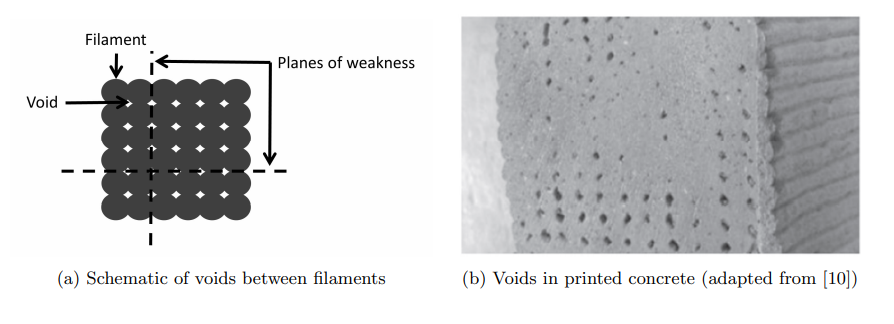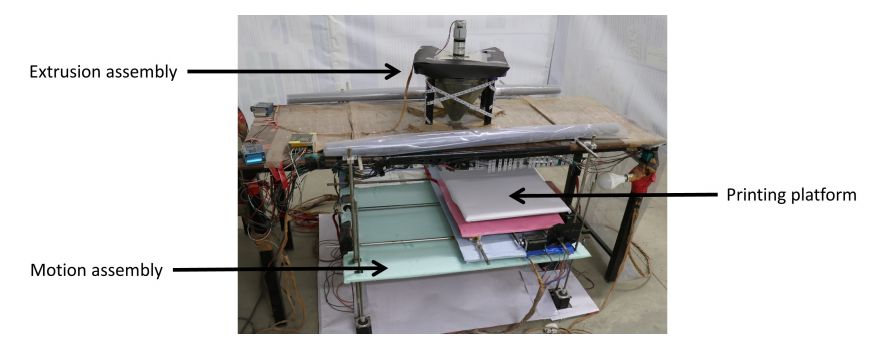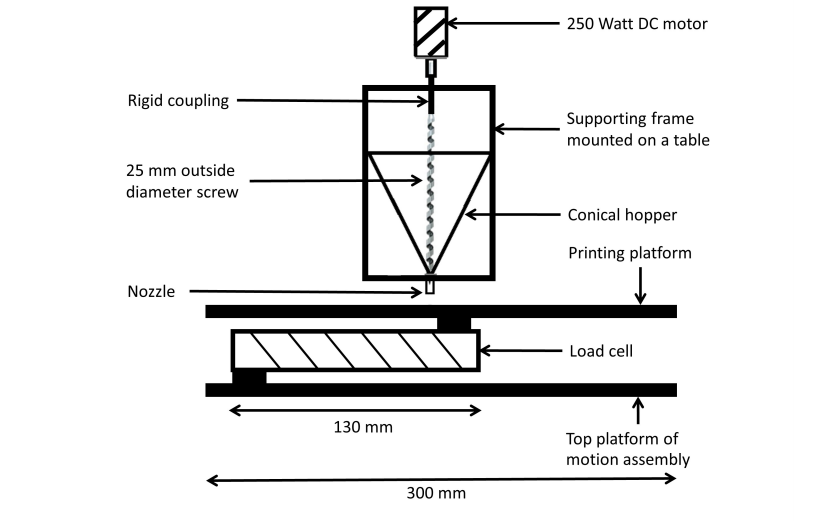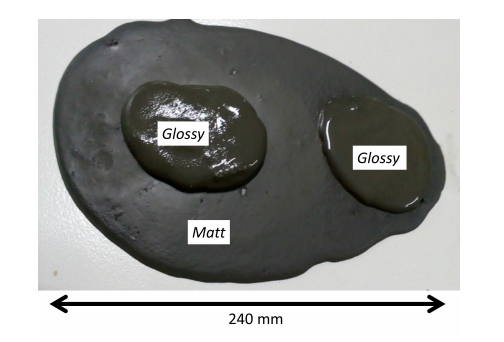Researchers from India seek to further improve 3D printing with concrete. In the recently published ‘Additive manufacturing of self-compacting concrete through controlled heating,’ Shashank Shekhar, Manish Kumar, and Rishabh Mathur (all from the Indian Institute of Technology), investigate whether self-compacting concrete may offer better bonding and strength due to heating.
While this study is unique in its focus, many researchers and industrial users have tackled the topic of 3D printing with concrete, from fabrication of concrete panels to the use of geopolymers, to creating on the large scale. The authors point out that many different mixes have been used previously, to include ultra- and high-strength, fiber-reinforced, and more.
While improved bonding can be possible with SCC, the initial yield strength is weak, resulting in the need for better strength gain. This can be accelerated with chemical admixtures, but they have the potential to cause ‘choking in the printing set-up.’ The researchers set up a concrete 3D printer in-house at the IIT in Gandhinagar.
“Three self-compacting concrete mixes are considered, which have identical workability but different water-to-cement ratios,” stated the researchers.
Fresh state properties were studied, including:
- Shape stability
- Buildability
- Layer moisture
- Surface moisture
- Infrared surface reflectance
- Early-age shrinkage
Overall, the researchers discovered that a stable layer thickness could be achieved, as buildability was characterized via direct compression and a Vicat penetration test.
“The buildability was greater for a smaller water-to-cement ratio and/or a longer duration of heating. A longer duration of heating would be associated with a greater loss of moisture from the printed layer, and it may adversely affect the bonding between adjacent layers. A sufficient level of buildability was considered achieved when the texture of the printed surface had turned into matt,” stated the researchers. “The same could be characterized through the measurement of surface reflectance of the printed surface. Early-age shrinkage in a printed layer was greater if the layer was subjected to heating for 60 seconds compared to when it was not.
“The strength for the corresponding printed specimen was 61.5 MPa when the direction of loading was parallel to the layers and each layer was heated for 60 seconds. The strength was 49.1 MPa corresponding to 180 seconds of heating. For loading perpendicular to printed layers, the average compressive strength for the two durations of heating was 65.7 MPa and 56.4 MPa, respectively. The average shear strength of the printed cubes was 3.8 MPa (4 MPa) and 3 MPa (3.9 MPa) for the two durations of heating, respectively, and when the direction of loading was parallel (perpendicular) to the layers. The average shear strength of the mold-cast cubes was 4.2 MPa.”
What do you think of this news? Let us know your thoughts! Join the discussion of this and other 3D printing topics at 3DPrintBoard.com.
[Source / Images: ‘Additive manufacturing of self-compacting concrete through controlled heating’]Subscribe to Our Email Newsletter
Stay up-to-date on all the latest news from the 3D printing industry and receive information and offers from third party vendors.
Print Services
Upload your 3D Models and get them printed quickly and efficiently.
You May Also Like
Consolidation in AM: How 2025 Is Shaping the Industry’s New Normal
The first half of 2025 has been marked by a clear shift in the additive manufacturing (AM) industry. Companies are no longer just focused on developing new tech by themselves....
Etsy Design Rule Change Reduces Selection of 3D Printed Goods
Online marketplace Etsy has implemented a rule change requiring all 3D printed goods on the site to be original designs. The update to the site’s Creativity Standards states, ¨Items produced using...
U.S. Congress Calls Out 3D Printing in Proposal for Commercial Reserve Manufacturing Network
Last week, the U.S. House of Representatives’ Appropriations Committee moved the FY 2026 defense bill forward to the House floor. Included in the legislation is a $131 million proposal for...
Transforming From Tourist to Native: Duro CEO Michael Corr Explains Why the Company Rebuilt its PLM Software on AI
In these early innings of the AI boom, many market analysts have expressed concern that AI spend has gotten too far ahead of the technology’s proven ability to deliver significant...




































